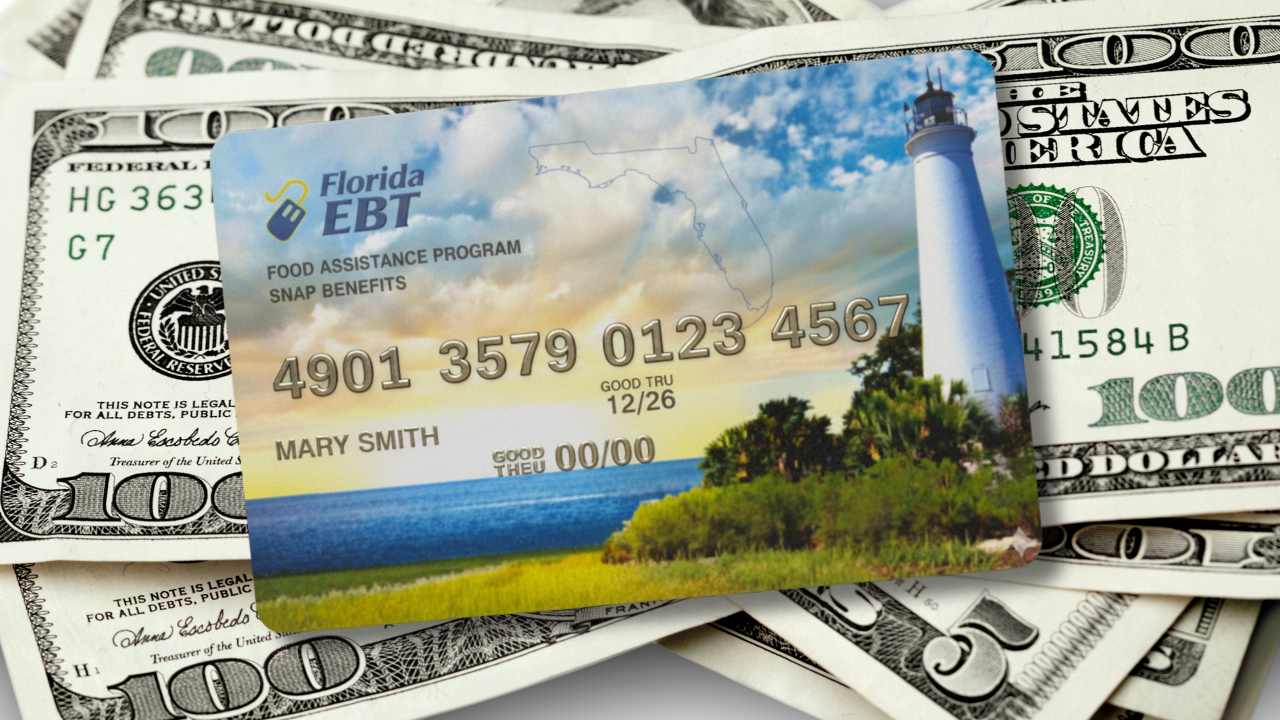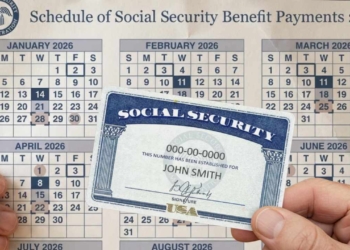The image of old-fashioned food stamps persists in the collective imagination, but the reality of the Supplemental Nutrition Assistance Program (SNAP) is quite different. It is a complex and vital federal program that, far from being a relic, is a living organism that adapts, breathes, and beats to the rhythm of the economy and the needs of millions of Americans.
Its mission is as clear as it is ambitious: to be the cushion that prevents low-income families from falling into food insecurity, guaranteeing access to basic nutrition. It’s not a handout; it’s a meticulously calculated supplement to close the gap between wages and the cost of food.
How SNAP benefits work: Florida’s case
The architecture of SNAP is a fascinating example of federalism in action. Born under the Food and Nutrition Act of 1964, its brains and wallet are in Washington, at the Department of Agriculture (USDA). However, its arms and legs are state-run.
Each year, with the start of the fiscal year in October, the USDA not only renews its commitment but also tightens the program’s screws. It revises maximum amounts, income limits, and deductions, tying aid to the cost-of-living index. It’s a mechanism designed to keep pace with inflation, a tacit acknowledgment that the fight against hunger is a long-distance race.
In the Sunshine State, the daily battle to put food on the tables is led by the Department of Children and Families (DCF). This state agency is the public face of the program: it receives applications, vets eligibility, and manages each case by name.
The federal government provides most of the funding, but it’s DCF that coordinates every cycle, following the score written by the USDA.
The instrument that has revolutionized access to aid is Florida’s EBT card. It works with the discretion of any debit card, redeemable at more than 9,000 merchants, from large supermarkets to vibrant farmers’ markets. This technological standardization is no small feat: it reduces stigma and integrates aid into the formal economy.
The logistics of SNAP benefits distribution in Florida
The funds don’t all arrive on the same day. The statement is organized on a staggered calendar from the 1st to the 28th of each month, where the last digit of the beneficiary’s case number determines the deposit date. If it ends in 0 or 1, the money will be available on the 1st. If it ends in 9, it’s time to wait until the 28th.
| Case number digits (9th & 8th read backwards) | Payment date (October 2025) |
|---|---|
| 00–03 | October 1, 2025 |
| 04–06 | October 2, 2025 |
| 07–10 | October 3, 2025 |
| 11–13 | October 4, 2025 |
| 14–17 | October 5, 2025 |
| 18–20 | October 6, 2025 |
| 21–24 | October 7, 2025 |
| 25–27 | October 8, 2025 |
| 28–31 | October 9, 2025 |
| 32–34 | October 10, 2025 |
| 35–38 | October 11, 2025 |
| 39–41 | October 12, 2025 |
| 42–45 | October 13, 2025 |
| 46–48 | October 14, 2025 |
| 49–53 | October 15, 2025 |
| 54–57 | October 16, 2025 |
| 58–60 | October 17, 2025 |
| 61–64 | October 18, 2025 |
| 65–67 | October 19, 2025 |
| 68–71 | October 20, 2025 |
| 72–74 | October 21, 2025 |
| 75–78 | October 22, 2025 |
| 79–81 | October 23, 2025 |
| 82–85 | October 24, 2025 |
| 86–88 | October 25, 2025 |
| 89–92 | October 26, 2025 |
| 93–95 | October 27, 2025 |
| 96–99 | October 28, 2025 |
| Note: Payments in Florida are issued between Oct 1 and Oct 28, 2025, depending on the case number digits shown above. | |
Changes in maximum amounts as of October 1, 2025
Starting with the start of fiscal year 2026 (October 2025), Florida households will begin receiving the new maximum amounts established by the USDA.
These are payment caps that do not necessarily represent the amount your household will receive. This depends on many factors, from household size to income and assets owned by the family and its members.
| Household Size | Maximum Monthly SNAP Benefit (48 Contiguous States & D.C.) |
|---|---|
| 1 person | $298 |
| 2 persons | $546 |
| 3 persons | $785 |
| 4 persons | $994 |
| 5 persons | $1,183 |
| 6 persons | $1,421 |
| 7 persons | $1,571 |
| 8 persons | $1,789 |
| Each additional person | + $218 |
| Minimum allotment (1–2 person households) | $24 |
| Note: These allotments apply to the 48 contiguous U.S. states and the District of Columbia. Alaska, Hawaii, Guam, and the U.S. Virgin Islands have higher maximums due to cost-of-living adjustments. | |
How to file a claim if your SNAP benefits deposit didn’t arrive
If after this verification, benefits still haven’t appeared, the most immediate action is to contact the program administrator: the Florida Department of Children and Families (DCF). Don’t underestimate the power of a phone call. Call 1-888-356-3281.
This is the official number for checking balances, reporting technical issues with your card, and verifying the date and amount of your last deposit. Have your case number and Social Security Number (SSN) ready.
If the issue isn’t resolved through the above means, call 1-850-300-4323. This line is designed to handle more extensive inquiries about your case, including non-payment. The MyACCESS platform (accessible through the DCF website) is a powerful tool through which you can also file a claim.







